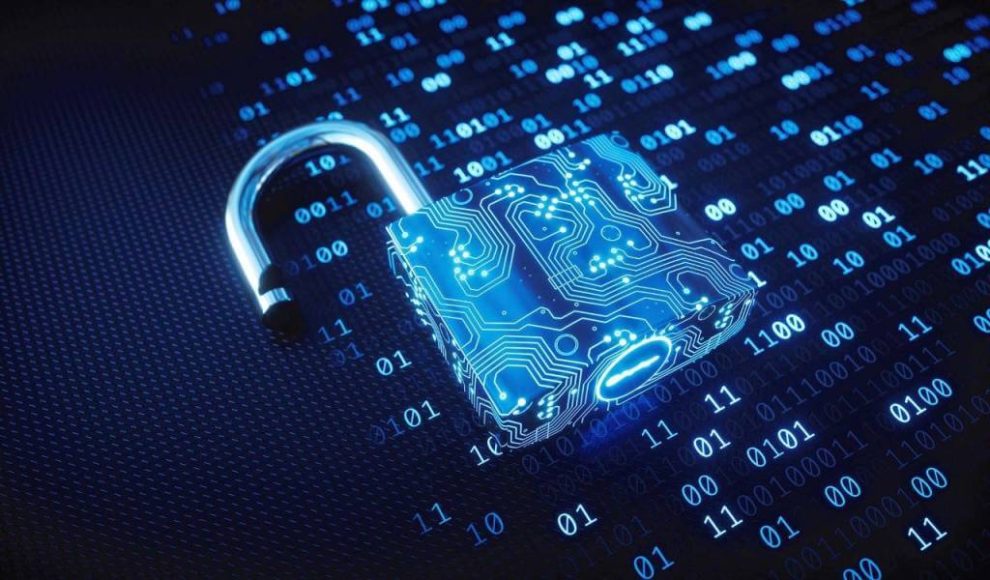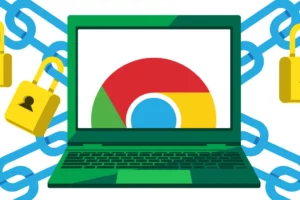Cybersecurity has become a paramount concern. A single breach can lead to significant financial losses, reputational damage, and operational disruption. To safeguard their digital assets, enterprises must implement robust cybersecurity measures. This article delves into essential best practices that organizations can adopt to fortify their defenses against cyber threats.
1. Risk Assessment and Management
- Identify vulnerabilities: Conduct a thorough assessment to identify potential vulnerabilities in your network, systems, and applications.
- Prioritize risks: Evaluate the likelihood and impact of various threats to determine which ones pose the greatest risk to your organization.
- Develop a risk management plan: Create a comprehensive plan outlining strategies to mitigate identified risks, including incident response procedures and contingency planning.
2. Strong Access Controls
- Implement multi-factor authentication (MFA): Require users to provide multiple forms of identification, such as passwords, biometrics, or security tokens, to access sensitive systems.
- Enforce strong password policies: Establish guidelines for creating complex and unique passwords, and encourage regular password changes.
- Limit privileged access: Restrict access to critical systems and data to only authorized personnel.
- Implement role-based access control (RBAC): Grant users permissions based on their job roles and responsibilities.
3. Network Security
- Firewall protection: Deploy firewalls to filter network traffic and prevent unauthorized access.
- Intrusion detection and prevention systems (IDPS): Use IDPS to monitor network activity for signs of suspicious behavior and take proactive measures to block attacks.
- Secure remote access: Implement secure VPN connections for remote workers to access corporate networks.
- Segment your network: Divide your network into smaller, isolated segments to limit the potential damage of a breach.
4. Endpoint Security
- Antivirus and antimalware software: Install and regularly update antivirus and antimalware software on all endpoints (computers, laptops, mobile devices).
- Patch management: Keep operating systems, applications, and firmware up-to-date with the latest security patches.
- Data encryption: Encrypt sensitive data at rest and in transit to protect it from unauthorized access.
- Mobile device management (MDM): Implement MDM solutions to manage and secure corporate-owned or BYOD devices.

5. Data Security
- Data classification: Categorize data based on its sensitivity and value to your organization.
- Data loss prevention (DLP): Use DLP solutions to monitor and control the movement of sensitive data.
- Regular backups: Implement a robust backup and recovery plan to protect data from accidental loss or corruption.
- Incident response planning: Develop a comprehensive incident response plan to address security breaches effectively.
6. Employee Education and Awareness
- Security training: Provide regular security training to employees to educate them about common threats and best practices.
- Phishing simulations: Conduct phishing simulations to test employees’ awareness and identify vulnerabilities.
- Social engineering awareness: Educate employees about social engineering tactics and how to recognize and avoid them.
7. Third-Party Risk Management
- Vendor assessment: Evaluate the security practices of third-party vendors and suppliers.
- Contractual requirements: Include security requirements in contracts with third-party providers.
- Regular monitoring: Monitor third-party relationships and assess their compliance with security standards.
8. Continuous Monitoring and Improvement
- Security monitoring: Use security monitoring tools to detect and respond to threats in real-time.
- Regular audits: Conduct regular security audits to identify vulnerabilities and assess compliance with security standards.
- Incident response testing: Conduct regular incident response testing to ensure that your plans are effective.
- Continuous improvement: Continuously evaluate your security posture and make necessary adjustments to improve your defenses.
By implementing these best practices, enterprises can significantly reduce their risk of cyberattacks and protect their valuable assets. It is essential to stay informed about emerging threats and adapt your security measures accordingly to maintain a strong defense against the ever-evolving cyber landscape.
















Add Comment